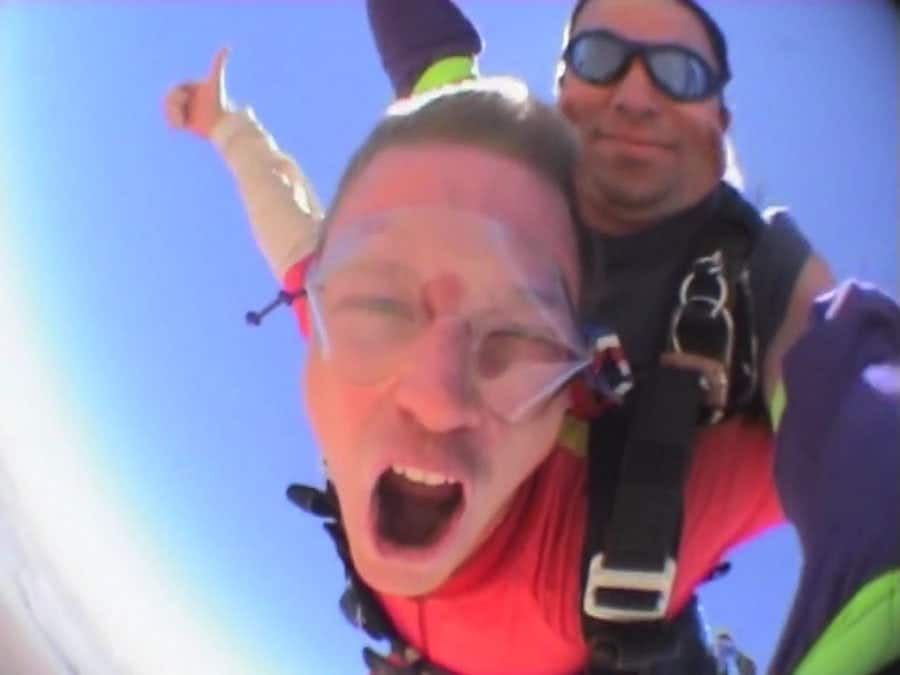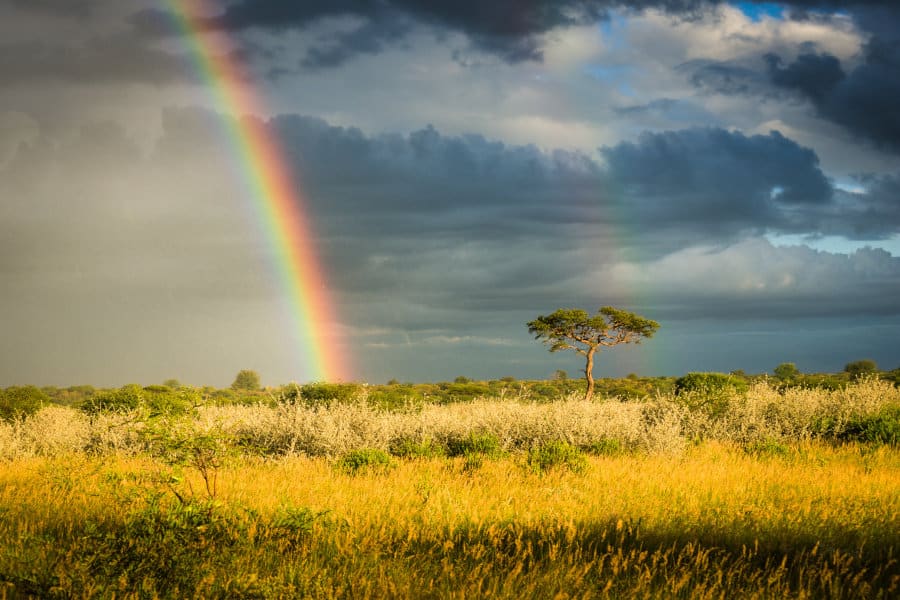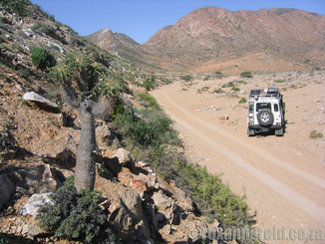 When we went to the Richtersveld for the first time in 2004, we wanted to soak up information from anyone and everyone. It seemed a daunting undertaking. And although it certainly isn’t a journey to be undertaken lightly, given that it’s so remote and rough, these 20 things you may not know about the Richtersveld might help to set in motion plans for your own visit.
When we went to the Richtersveld for the first time in 2004, we wanted to soak up information from anyone and everyone. It seemed a daunting undertaking. And although it certainly isn’t a journey to be undertaken lightly, given that it’s so remote and rough, these 20 things you may not know about the Richtersveld might help to set in motion plans for your own visit.
The /Ai/Ais-Richtersveld Transfrontier Park covers more than 6 000 square kilometres, 27% of it in the far northwest of South Africa (Richtersveld), the rest stretching across the Orange River into Namibia (/Ai/Ais) and taking in the Fish River Canyon along the way.
The quickest way to get to the South African entrance gate is via Port Nolloth and Alexander Bay, just 90 km away. The more scenic route to the park via Kuboes, Lekkersing and Eksteenfontein will give you an idea of what makes this region so special. (See Where to stay in the Richtersveld)
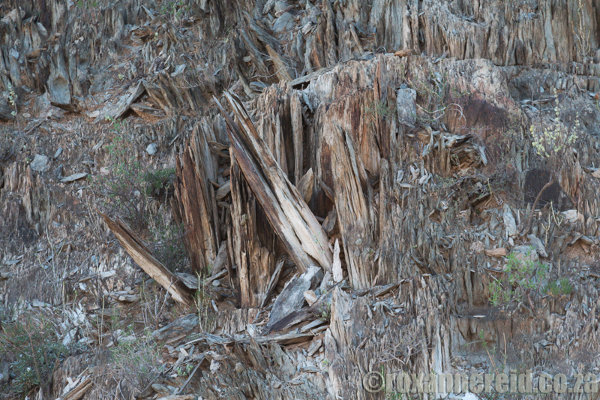
The geology and plant life of the Richtersveld are special. Some rocks are up to 2000 million years old, and the area is rich in botanical biodiversity. No wonder the park was declared a Unesco World Heritage Site in 2007.
Don’t even think about going into the Richtersveld without a really detailed map. Getting lost around here is no joke. Invest in a good map and take a GPS loaded with map software, such as Tracks4Africa. It helps if you plot the co-ordinates beforehand. Take a compass as a back-up.
Calculate distances in hours rather than kilometres. Although distances on the map seem short, the nature of the terrain (rocky and sandy) means it takes much longer to travel the distances than you might think. As an example, Tatasberg Wilderness Camp is just 60 km from Sendelingsdrif if you take the inland route, but will take you three to four hours.

There’s cell phone reception only at Sendelingsdrif. Given the remote nature of this park, hiring a satellite phone (and carrying the phone numbers of reception and the duty manager in case of emergency) is a good idea.
Come prepared. Summer temperatures can get up above 50°C. While winter days are warm to hot, night-time temperatures can plummet to freezing point.
Fuel (unleaded petrol and 50ppm diesel) is available only at Sendelingsdrif from 8:00–16:00 daily.
Whether you’re camping or staying in the wilderness camp chalets, you need to be self-sufficient in terms of food/water and medical supplies. Bring your own firewood and drinking water (or if you’re staying along the river, bring a means to purify the river water). Carry drinking water with you at all times.
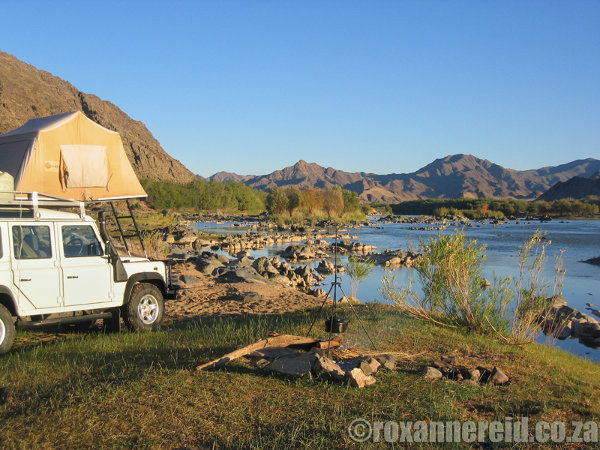
There are some 220 km of 4×4 tracks in the South African section, but they’re all sandy or rocky, so you need a high-clearance 4×4 vehicle and recovery equipment. At the bare minimum, you should carry extra fuel, a tow rope, two spare tyres, a tyre repair kit and a decent jack.
There are many scorpions in the park. To avoid an unpleasant encounter, don’t sleep on the ground and always check your shoes before putting them on. An ultraviolet torch will help you find them in the dark if you want to watch them.

There’s a pont at Sendelingsdrif where you can cross the Orange River into Namibia and the /Ai/Ais section of the park, seriously shaving travelling distances for those wanting the best of both worlds. It operates on a first-come first-served basis unless it’s really windy. Bring your passport unless you plan to stay within the Transfrontier Park and come back through the same border post. Check just before you go if the pont is operating – it doesn’t if the river is too high and fast-flowing.
Scenery, geology and plants are the major draw cards here and birds play second fiddle, but there are more than 200 species of birds in the park. You might find rosy-faced lovebirds at Sendelingsdrif; jackal buzzard, Verreaux’s eagle, swallow-tailed bee-eater, dusky sunbird, tractrac chat; even waterbirds like fish eagle and Goliath heron along the river.
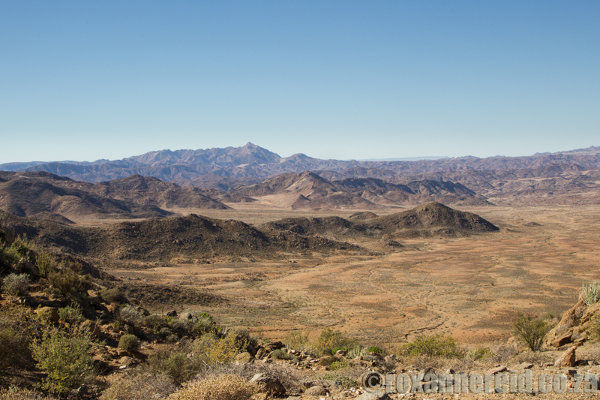
Stars are visible in their multitudes in the clear desert air, far from city lights, so lie back and enjoy them. Just don’t fall asleep on the bare ground or you could be sharing your bed with a scorpion!
The park is home to 10 species of bats so stay alert at dusk and you might see some of them setting off on a hunting expedition.
Despite the apparently dry conditions when you roll into bed, heavy dew can settle overnight so protect your equipment. If your chairs or camera get covered with dew you’ll be breakfasting with a wet bum and going home without photo-memories of this special place.

Include Kokerboomkloof in your camping itinerary. Although it’s not on the river like Potjiespram, De Hoop and Richtersberg campsites, there’s a humungous rock formation, Die Toon, which gives a grand view of the surroundings. Wander among the jumble of granite boulders known as the Giant’s Playground and get up at dawn to catch the gentle sun on hundreds of quiver trees – a photographer’s delight. (For other accommodation in the park and in the area, see Where to stay in the Richtersveld).
Spend a night or two at the self-catering chalets at Tatasberg or Ganakouriep. You get a fridge and stove, hot showers and a wonderful view of the surrounding stark mountains from the wooden deck.

The zebra that occur here are Hartmann’s mountain zebra, unlike the Cape mountain zebra of the Eastern Cape or the Burchell’s (plains) zebra of Kruger National Park. If you happen to pass any, see if you can spot the differences. (Hint: look at the stripes and dewlap.)
You’re expected to take all your rubbish away with you so bring extra-strong black bags. Be considerate of other people: you can burn paper in your campfire, but putting empty food tins into the fire is not good enough.
—
This article first appeared on Roxanne Reid’s blog.


